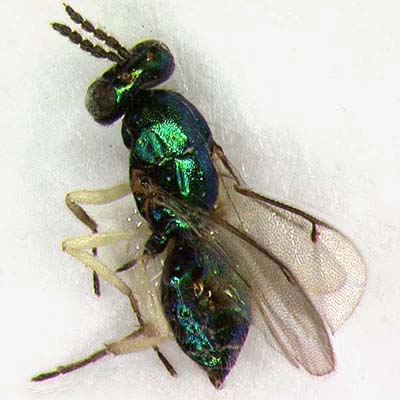 |
|||||||||||||||||||||||||||||||||||||||||||||||||||||||||||||||||||||||||||||||||||||||||||||||
|
|
Home | Open the Key | References | ||||||||||||||||||||||||||||||||||||||||||||||||||||||||||||||||||||||||||||||||||||||||||||
|
Chrysocharis
Förster, 1856
|
|||||||||||||||||||||||||||||||||||||||||||||||||||||||||||||||||||||||||||||||||||||||||||||||
|
|||||||||||||||||||||||||||||||||||||||||||||||||||||||||||||||||||||||||||||||||||||||||||||||
Classification
|
|||||||||||||||||||||||||||||||||||||||||||||||||||||||||||||||||||||||||||||||||||||||||||||||
Subfamily Tribe |
Entedonini |
||||||||||||||||||||||||||||||||||||||||||||||||||||||||||||||||||||||||||||||||||||||||||||||
Diagnosis
|
|||||||||||||||||||||||||||||||||||||||||||||||||||||||||||||||||||||||||||||||||||||||||||||||
|

|
||||||||||||||||||||||||||||||||||||||||||||||||||||||||||||||||||||||||||||||||||||||||||||||
| |
|||||||||||||||||||||||||||||||||||||||||||||||||||||||||||||||||||||||||||||||||||||||||||||||
Distribution |
|||||||||||||||||||||||||||||||||||||||||||||||||||||||||||||||||||||||||||||||||||||||||||||||
|
Chrysocharis is a large genus, cosmopolitan in distribution, although it is most common in the Holarctic region (Noyes, 2001). |
|||||||||||||||||||||||||||||||||||||||||||||||||||||||||||||||||||||||||||||||||||||||||||||||
| |
|||||||||||||||||||||||||||||||||||||||||||||||||||||||||||||||||||||||||||||||||||||||||||||||
Biology |
|||||||||||||||||||||||||||||||||||||||||||||||||||||||||||||||||||||||||||||||||||||||||||||||
|
The species of this genus are primary endoparasitoids of larval or pupae of leafminers, mainly Agromyzidae, Lepidoptera, Hymenoptera, and sometimes of Diptera other than agromyzids (Noyes, 2001). |
|||||||||||||||||||||||||||||||||||||||||||||||||||||||||||||||||||||||||||||||||||||||||||||||
| |
|||||||||||||||||||||||||||||||||||||||||||||||||||||||||||||||||||||||||||||||||||||||||||||||
| |
|||||||||||||||||||||||||||||||||||||||||||||||||||||||||||||||||||||||||||||||||||||||||||||||
Comments |
|||||||||||||||||||||||||||||||||||||||||||||||||||||||||||||||||||||||||||||||||||||||||||||||
|
Chrysocharis belongs to the subfamily
Entedoninae by having 2 setae on
submarginal vein, scutellum with a pair of setae, fronto-facial
suture distinctly separated from anterior ocellus and male scape
with sensory pores placed at the ventral edge.
The variation of the condition of the pronotum (distinctly carinate or not) and of the propodeum (with a complete median carina or absent or incomplete) may sometimes cause mistakes in the recognition of Chrysocharis: however, the best character to distinguish it from other Entedoninae is the very long postmarginal vein (at least 1.5 times as stigmal vein length), which is unusual for this subfamily. Among Entedoninae included in the key, Apleurotropis and Pleurotroppopsis can be also distinguished by having a longitudinal groove posteriorly on mesoscutum, and Pleurotroppopsis by having a pair of longitudinal grooves on scutellum; Asecodes, Trisecodes and Closterocerus by having one or more rows of setae from stigmal vein; Pediobius and Proacrias by having paired median carina. Finally, Derostenus Westwood can be difficult to distinguish from Chrysocharis and a good usable character may be the presence of a sulcus surrounding the ocellar triangle (absent in Chrysocharis). Keys to this genus are provided by Hansson for Palearctic (1985), New World (1987), Nearctic (1995b) and Mexico (1997); by Ikeda (1996) for Japan; by Khan (1985) for India; by Kostjukov (2000b) for Russia; by Yoshimoto (1973a; b) for North America. Chrysocharis is one of the most commonly and successfully used biological control agents of agromyzid leafminers. It is particularly used in greenhouse conditions (Woets et al., 1985). |
|||||||||||||||||||||||||||||||||||||||||||||||||||||||||||||||||||||||||||||||||||||||||||||||
